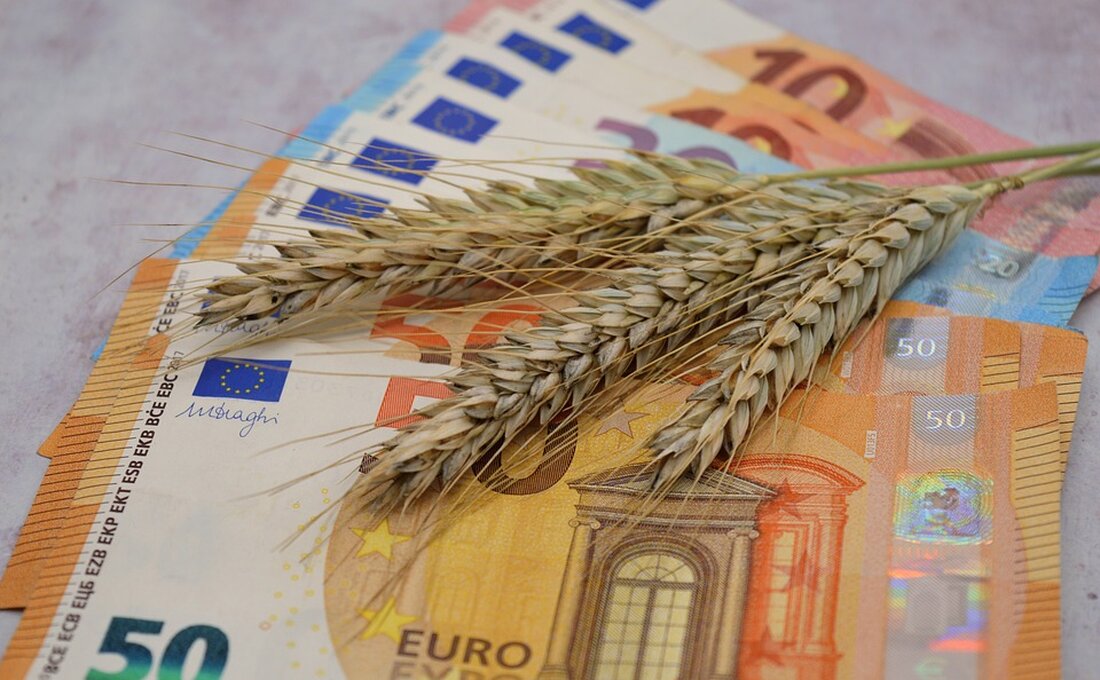Expert assessment: Increase in the price of fish is causing consumers to reduce their purchase quantities
According to a report from www.n-tv.de, prices for fish and seafood rose in the first nine months of the year, while the quantity sold fell. We observe that Germans spent more money on fish and seafood overall, but the amount purchased fell by 5.5 percent compared to the previous year. This could suggest that price increases are the main reason for the increased volume of spending. On average, prices for fish products rose by 10.3 percent to 12.13 euros per kilogram between January and September. The reduced purchasing quantities affect all product groups, especially canned fish (minus 9.1 percent), ...

Expert assessment: Increase in the price of fish is causing consumers to reduce their purchase quantities
According to a report by www.n-tv.de, fish and seafood prices rose in the first nine months of the year, while the quantity sold fell. We observe that Germans spent more money on fish and seafood overall, but the amount purchased fell by 5.5 percent compared to the previous year. This could suggest that price increases are the main reason for the increased volume of spending.
On average, prices for fish products rose by 10.3 percent to 12.13 euros per kilogram between January and September. The reduced purchasing quantities affect all product groups, especially canned fish (minus 9.1 percent), smoked fish (minus 8.8 percent) and fresh fish (minus 7.1 percent).
The reasons for the price increases include increased international logistics costs and increased personnel costs due to the shortage of skilled workers. The weakness of the euro also played a role in 2022, as most fish is traded in dollars.
The environmental organization WWF was critical of the crab fishery on the German, Dutch and Danish North Sea coasts. She criticizes that the shrimp fishery, given its scale, is incompatible with the protection of the Wadden Sea national parks and generates too much bycatch of juvenile fish and invertebrates.
Developments in the fish market could have long-term effects on the financial sector. The increased prices and reduced quantities could lead to a shift in customer behavior and an adjustment of retailers' sales strategies. In addition, the rising cost of seafood, combined with other inflation factors, could have an impact on general price developments and consumer behavior. Financial experts should keep an eye on developments in the seafood market as they could potentially have broader economic implications.
Read the source article at www.n-tv.de

 Suche
Suche
 Mein Konto
Mein Konto
